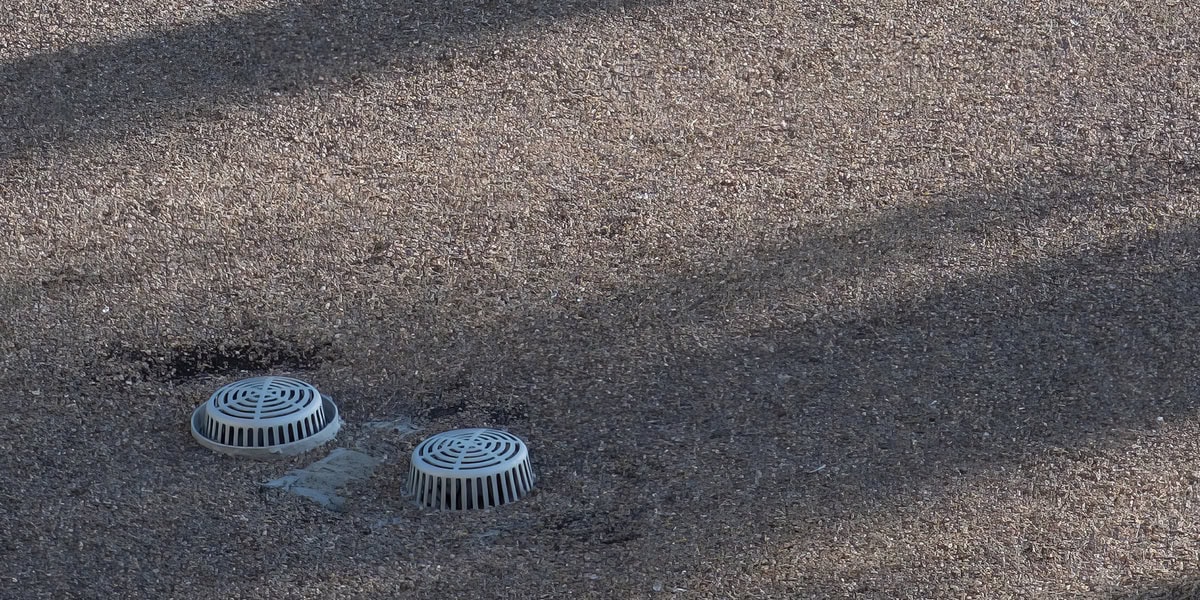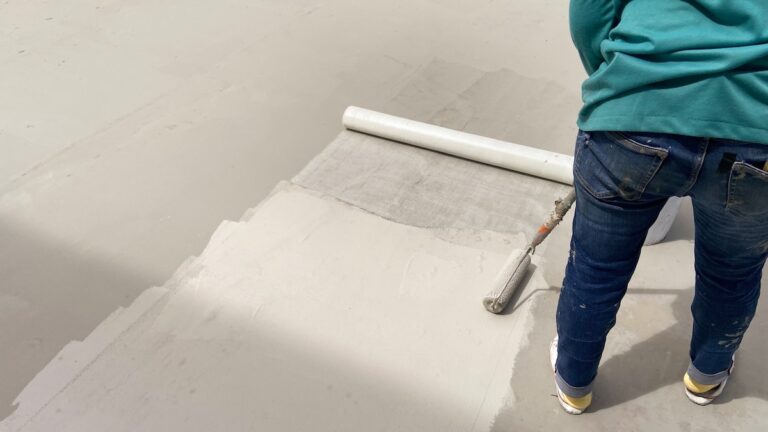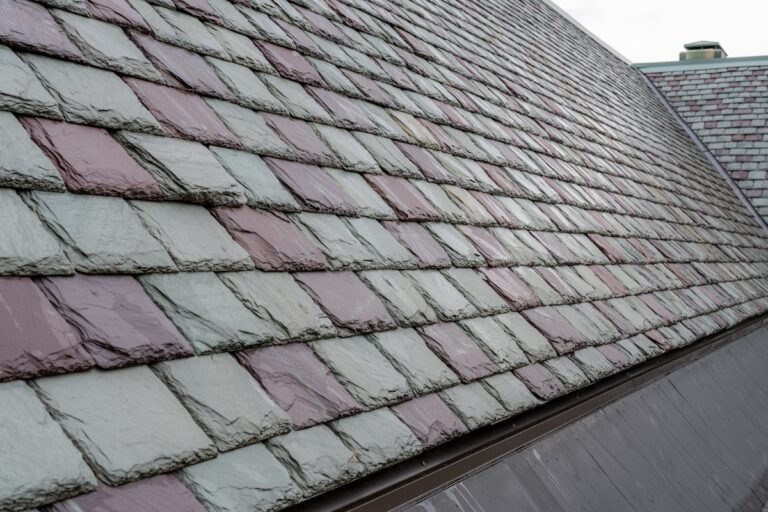Roof scuppers may not be the most glamorous feature of a building, but they play a vital role in maintaining the integrity of its structure. These seemingly humble components are often overlooked, yet they are crucial in directing rainwater away from the roof and preventing potential damage to the building.
In this blog, we will explore:
- What a roof scupper is
- Why they are important
- Whether you need one
- The cost of installation
- Maintenance tips
- When to seek professional assistance
What is a Roof Scupper?
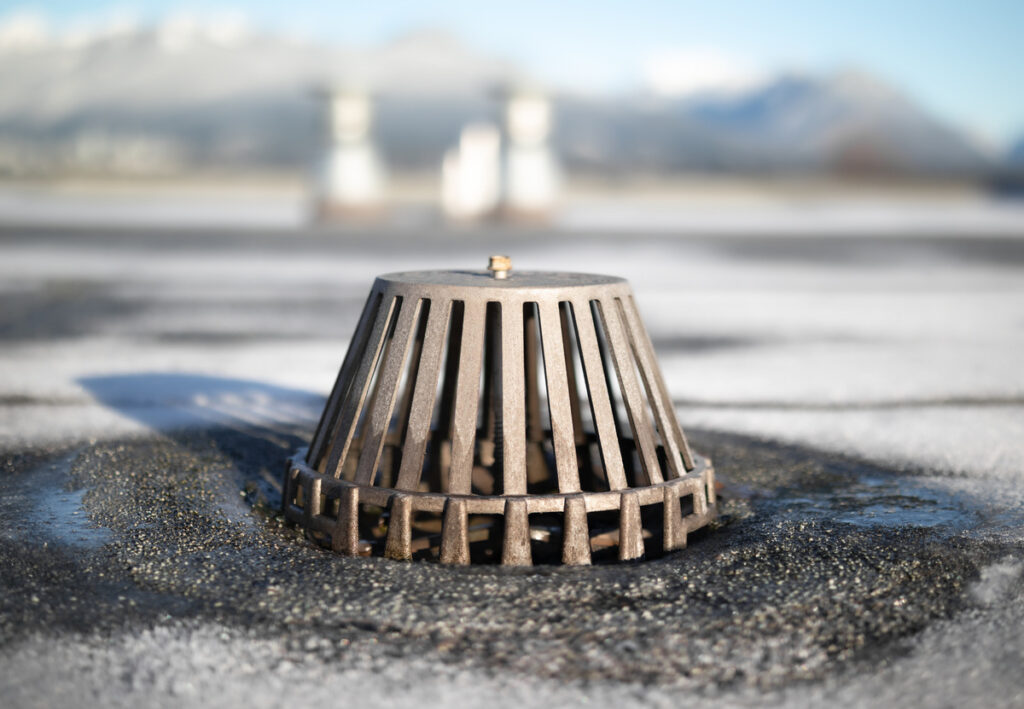
A roof scupper is a drainage device installed on the edge or parapet wall of a roof to allow rainwater to flow off the roof surface. They are typically connected to downspouts or drainage pipes that direct water away from the building and its foundation. Roof scuppers come in various shapes and sizes, including rectangular, round, or custom-designed to suit specific architectural requirements.
Importance of Roof Scuppers
The primary function of roof scuppers is to prevent water accumulation on the roof, which can lead to structural damage, leaks, and mold growth. By efficiently channeling rainwater away from the roof, scuppers help to protect the building’s foundation, walls, and interior spaces from water infiltration.
In regions prone to heavy rainfall or snowmelt, properly functioning scuppers are essential for maintaining the longevity of the roofing system and the overall integrity of the structure.
Do You Need a Roof Scupper?
Whether or not you need a roof scupper depends on various factors, including:
- The climate of your region
- The design of your building
- Local building codes
In areas with high precipitation levels, steep roof pitches, or flat roofs, roof scuppers are often required to prevent water buildup and potential structural damage. Additionally, buildings with parapet walls or low-sloped roofs may benefit from the installation of scuppers to facilitate proper drainage.
Cost of Installing a Roof Scupper
The cost of installing a roof scupper can vary depending on several factors, such as the size and complexity of the roofing system, the material used for the scupper, and labor costs. On average, homeowners can expect to pay anywhere from a few hundred to several thousand dollars for the installation of a roof scupper. While this may seem like a significant investment, the long-term benefits of proper drainage and protection against water damage outweigh the initial expense.
How to Maintain a Roof Scupper: 4 Tips
Proper maintenance is key to ensuring the optimal performance of roof scuppers and extending their lifespan. Here are some essential maintenance tips:
1) Regular Inspection:
Inspect the scuppers at least twice a year, preferably before and after the rainy season, to check for any signs of damage, clogs, or deterioration.
2) Clear Debris:
Remove leaves, twigs, and other debris that may accumulate in the scupper openings or drainage pipes, as they can obstruct the flow of water and lead to backups.
3) Clean Gutters:
Keep gutters and downspouts clear of debris to prevent overflow and ensure proper drainage from the roof to the scuppers.
4) Check Seals and Joints:
Inspect the seals and joints around the scupper for signs of wear or deterioration, and reseal as needed to prevent water leaks.
When to Consult with a Professional Roofing Contractor
While some maintenance tasks can be performed by homeowners, certain issues may require the expertise of a professional roofing contractor. It is advisable to consult with a roofing professional if you encounter any of the following problems:
- Persistent leaks or water damage around the scupper area.
- Signs of structural damage or deterioration to the roofing system.
- Difficulty accessing or inspecting the scuppers safely.
- Need for repairs or modifications to the existing scupper system.
A qualified roofing contractor can assess the condition of the scuppers, identify any underlying issues, and recommend appropriate solutions to ensure optimal drainage and protection against water damage.
Solve Your Roof Drainage Issues Today
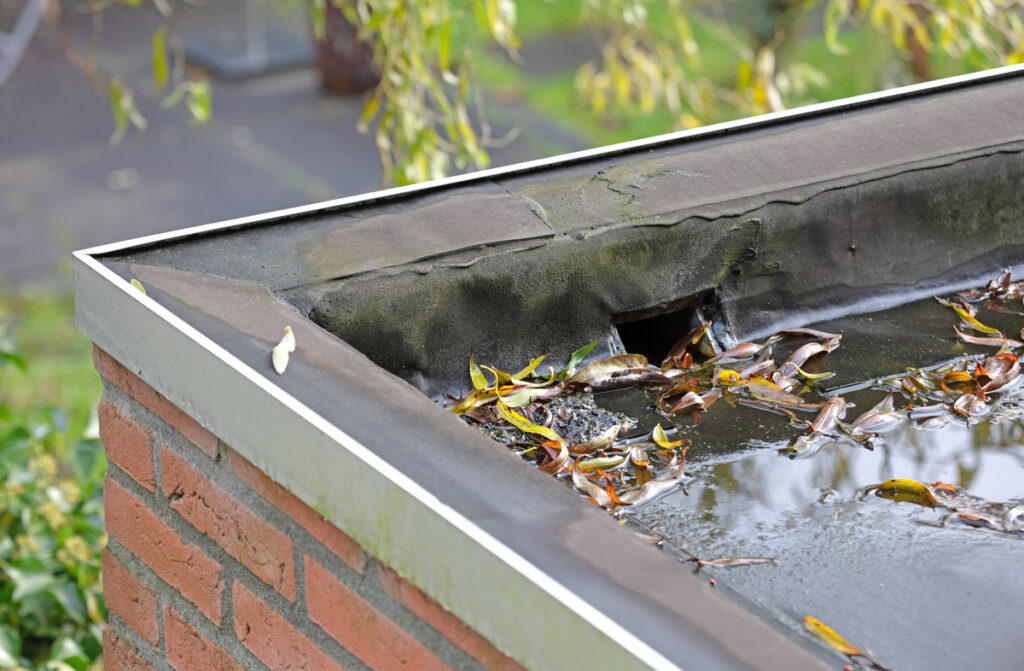
Roof scuppers may be small in size, but their significance in maintaining the integrity of a building cannot be overstated. By effectively managing rainwater runoff, scuppers help to safeguard the roof, walls, and foundation from water-related damage, ultimately prolonging the lifespan of the structure. Whether you’re considering the installation of a new scupper or maintaining an existing one, understanding its role and importance is essential for ensuring the long-term durability and functionality of your roofing system.
Ready to install a drainage system that works for you? Contact Johnson Restoration today to improve your roof drainage system.
